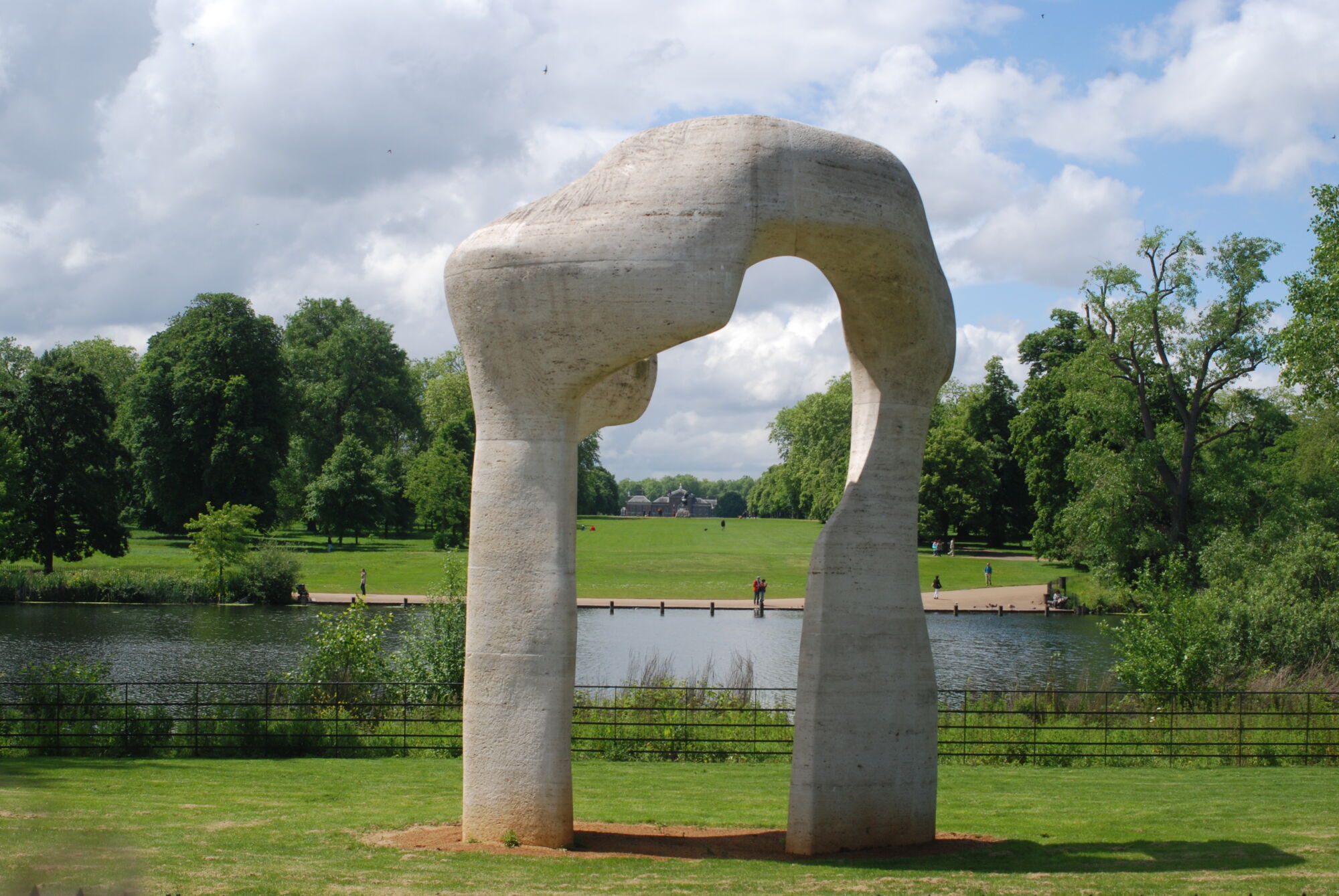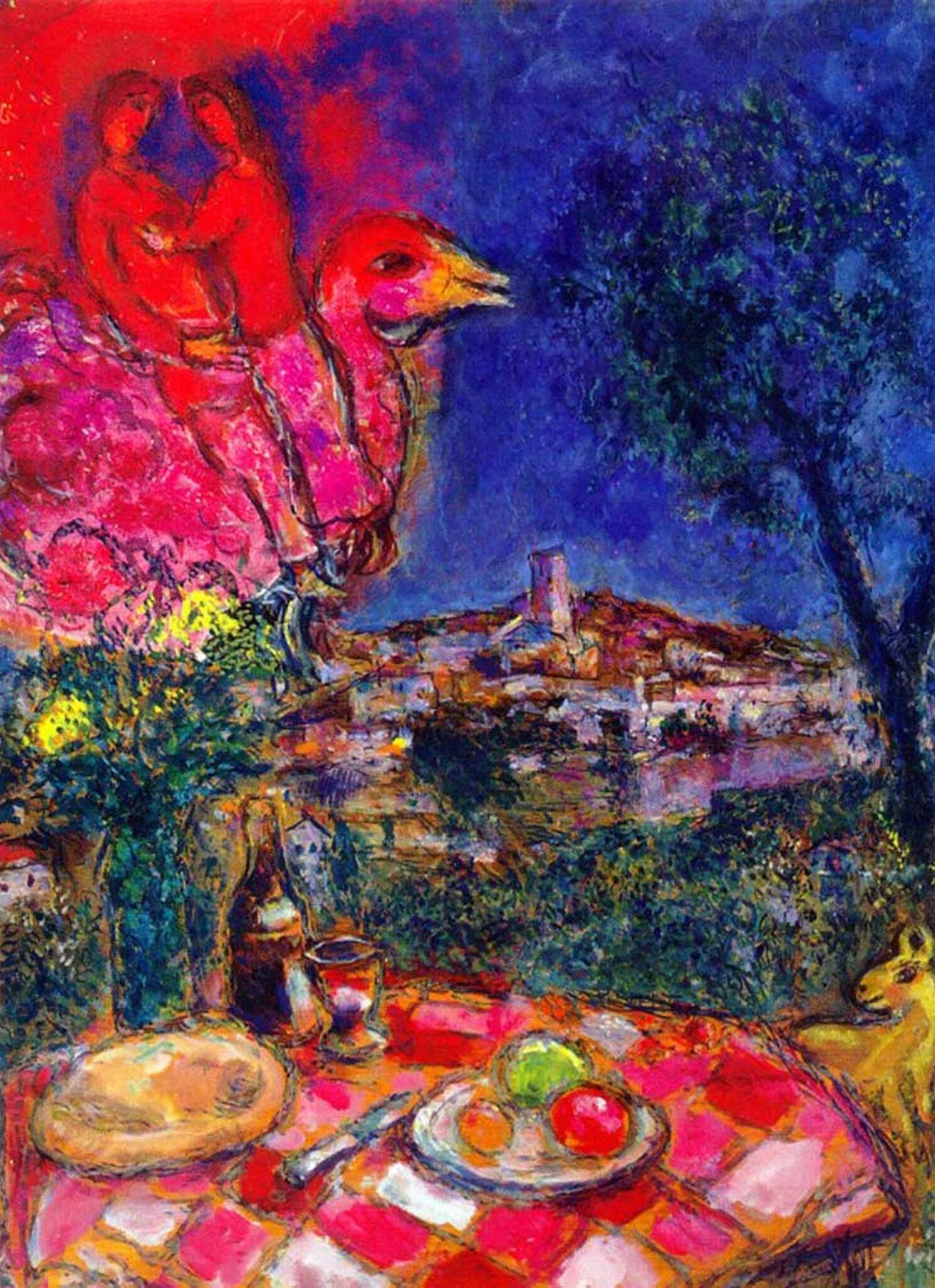
Dream Kevin Francis Gray
Evocative and mysterious, Kevin Francis Gray’s sculptures transcend the art of mere likeness. Working at the intersection between the abstract and the figurative, the Irish artist experiments at the level of form and texture to imbue his portraits with a psychological depth – bringing life and character to such subjects as Hades.
Francis Gray’s rendering of his King of the Underworld is intimidating and humorous in equal measure. Working first in clay before translating into marble, you can see the mark of the sculptor’s hands and tools, bringing a fluidity to his work – here in fittingly grand display at the Villa Santo Sospir in France.
Francis Gray’s rendering of his King of the Underworld is intimidating and humorous in equal measure. Working first in clay before translating into marble, you can see the mark of the sculptor’s hands and tools, bringing a fluidity to his work – here in fittingly grand display at the Villa Santo Sospir in France.
Share











